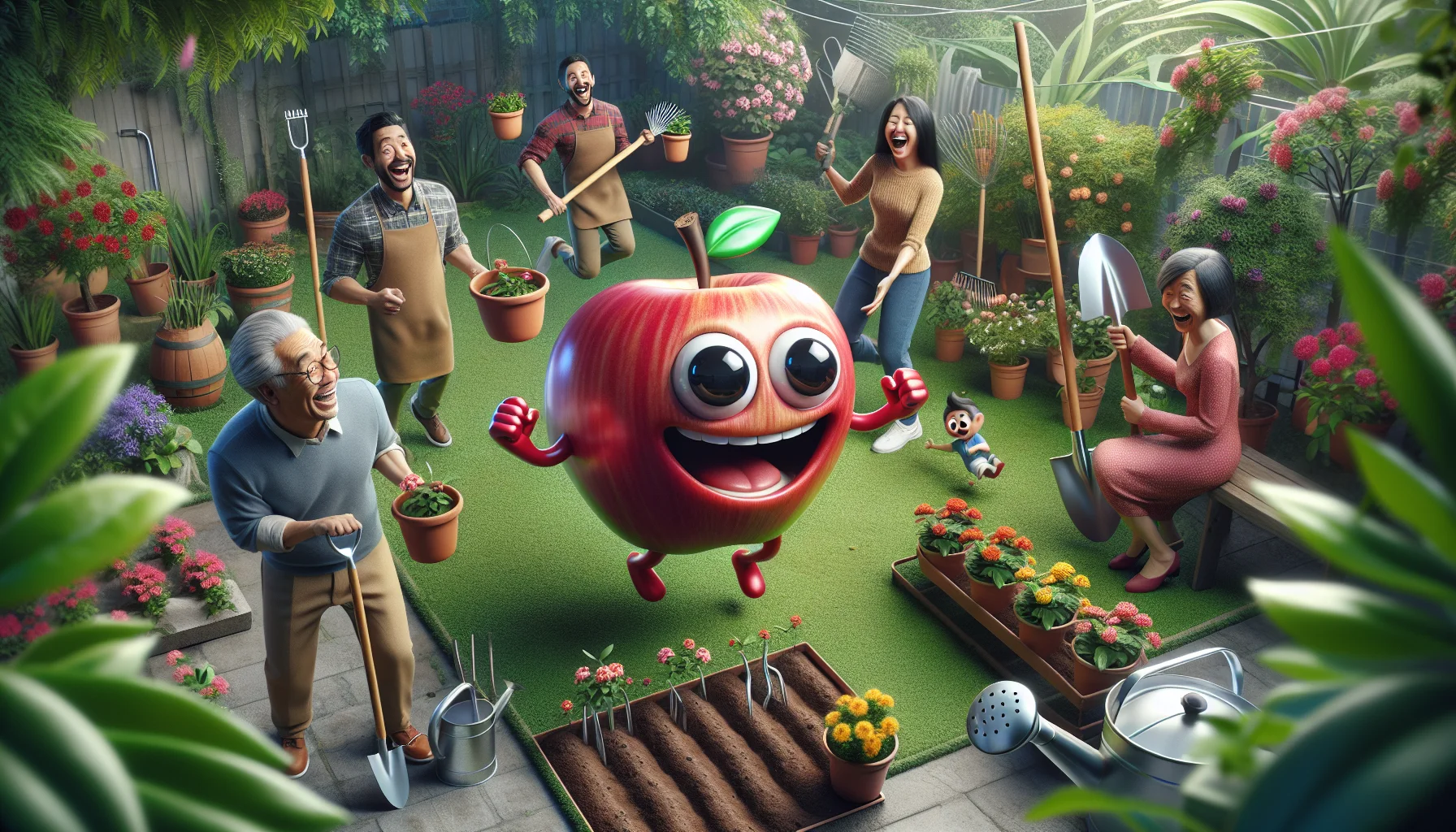Apple like fruit Quiz
Test Your Knowledge
Question of
Exploring Apple-Like Fruits: A Gardener's Guide
This article delves into the fascinating world of fruits that share a resemblance with apples, whether through their appearance, taste, or cultivation methods. Aimed at gardening enthusiasts and fruit lovers alike, it serves as a comprehensive guide to exploring these apple-like fruits. From well-known varieties to more obscure cultivars, we'll uncover the characteristics that link them to the beloved apple, while also highlighting their unique qualities. Whether you're looking to diversify your garden or simply curious about these apple doppelgangers, this guide offers valuable insights and tips for cultivation and enjoyment.
Characteristics of Apple-Like Fruits
Fruits that are similar to apples, often referred to as apple-like fruits, share several distinct characteristics that make them recognizable and beloved by many. These fruits typically have a firm and crisp texture, providing a satisfying crunch when bitten into. The flavor profiles of apple-like fruits can range from sweet to tart, often with a refreshing juiciness that makes them a popular choice for snacks and culinary uses. In terms of growth conditions, these fruits generally thrive in temperate climates, requiring a certain period of cold temperatures to trigger flowering and fruit set. Additionally, they tend to grow on trees that can vary in size from dwarf varieties suitable for small gardens to larger trees found in commercial orchards. The adaptability and resilience of these trees contribute to the widespread cultivation and enjoyment of apple-like fruits around the world.
Top Apple-Like Fruits to Grow in Your Garden
-
Quinces:
A golden-yellow fruit that is aromatic and has a unique tart flavor. Perfect for jams, jellies, and even as a cooked addition to savory dishes.
-
Pears:
With their sweet, juicy flesh, pears are versatile in both sweet and savory recipes. They come in many varieties, each with its own distinct taste and texture.
-
Crabapples:
Though smaller and more tart than regular apples, crabapples are excellent for making jellies, jams, and even cider. They also add a beautiful ornamental element to gardens.
Cultivation Tips for Apple-Like Fruits
To successfully grow apple-like fruits in your garden, it's essential to understand and cater to their specific needs. These fruits generally thrive in well-draining soil that is rich in organic matter. Before planting, consider incorporating compost to enrich the soil and ensure it has a slightly acidic to neutral pH. Watering is crucial, especially during the fruit's growing and ripening stages. However, be mindful not to overwater, as apple-like fruits do not fare well in waterlogged conditions. Aim for a consistent moisture level in the soil. When it comes to sunlight, these fruits require ample exposure to grow and produce effectively. A minimum of six hours of direct sunlight per day is ideal. By meeting these soil, watering, and sunlight requirements, you can create a conducive environment for your apple-like fruits to flourish.
Pest and Disease Management for Apple-Like Fruits
Apple-like fruits, including apples, pears, and quinces, are susceptible to a variety of pests and diseases that can compromise their health and productivity. Common pests include codling moth, apple maggot, and various aphid species, which can damage fruit and foliage, reducing yield and fruit quality. Diseases such as apple scab, fire blight, and powdery mildew also pose significant threats, leading to leaf defoliation, fruit spots, and in severe cases, tree death. Managing these challenges requires an integrated approach, including regular monitoring, cultural practices such as proper pruning and sanitation to remove infected material, and the judicious use of pesticides when necessary. Implementing resistant varieties and ensuring balanced nutrition can also enhance the resilience of apple-like fruits against pests and diseases, promoting healthier growth and more bountiful harvests.
Harvesting and Storing Apple-Like Fruits
For those who love apple-like fruits, ensuring their freshness and flavor after harvest is crucial. The key to successful harvesting is to wait until the fruits are fully ripe but not overripe, which can be indicated by their full color and slightly softened feel. Handle the fruits gently to avoid bruising, which can lead to quicker spoilage. When storing, keep them in a cool, dark place, ideally in a refrigerator or a cellar where the temperature is consistent. If possible, store them in a single layer, not touching, to prevent any rot from spreading among them. Wrapping each fruit in paper can also help absorb excess moisture and extend their shelf life. Remember, proper air circulation is vital, so do not seal them in airtight containers. Following these tips will help maintain the freshness and flavor of your apple-like fruits for a longer period.
Enjoying Your Garden's Bounty
| Fruit | Enjoyment Suggestions |
|---|---|
| Apples | Fresh eating, apple pies, apple sauce |
| Pears | Poached pears, fresh, pear tarts |
| Quinces | Quince jelly, quince paste for cheese boards |
| Crabapples | Crabapple jelly, pickled crabapples |
| Plums | Plum jam, plum cake, fresh eating |












